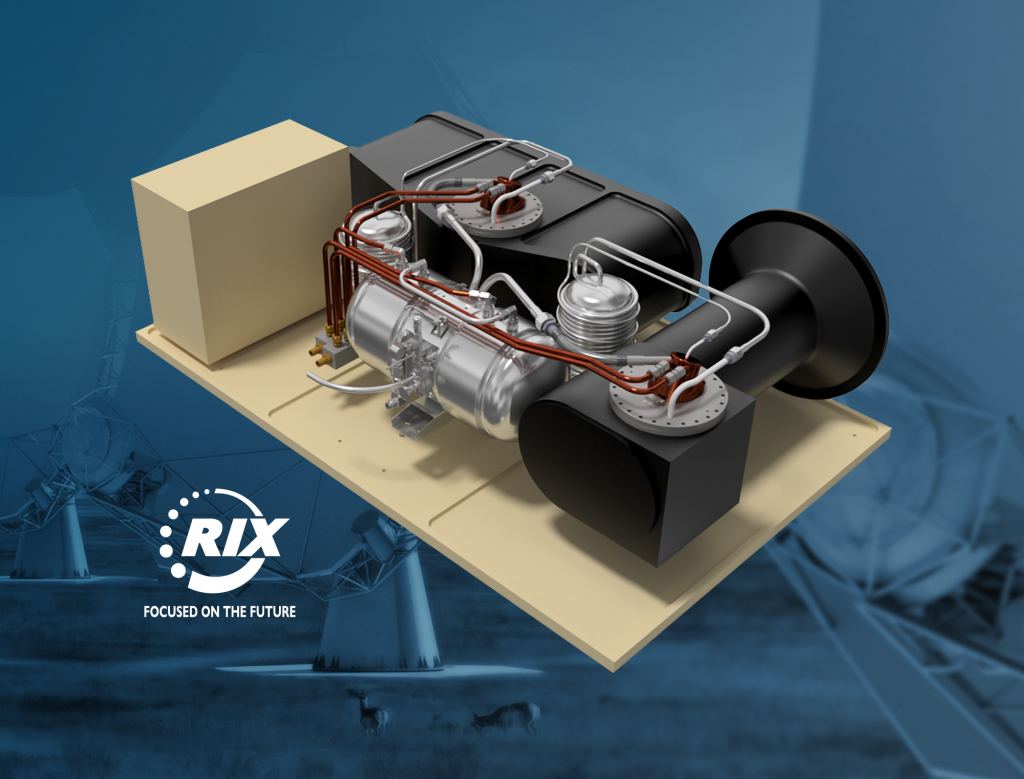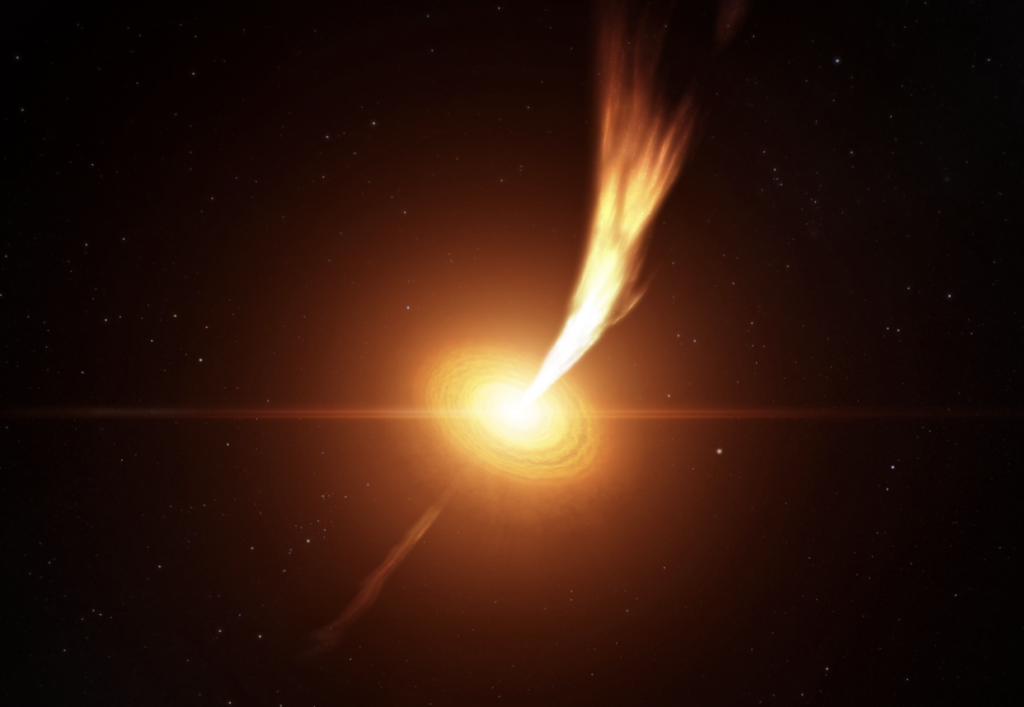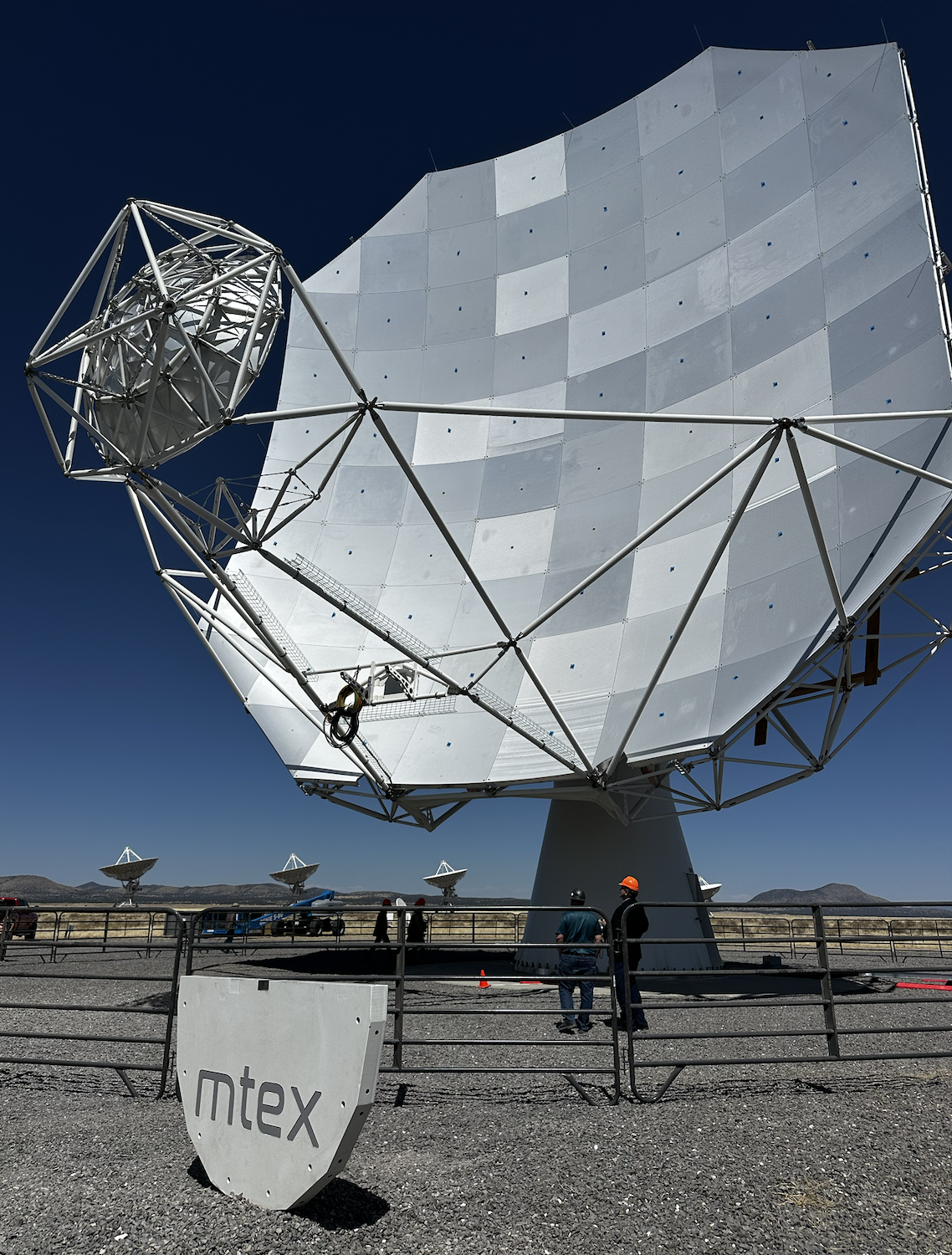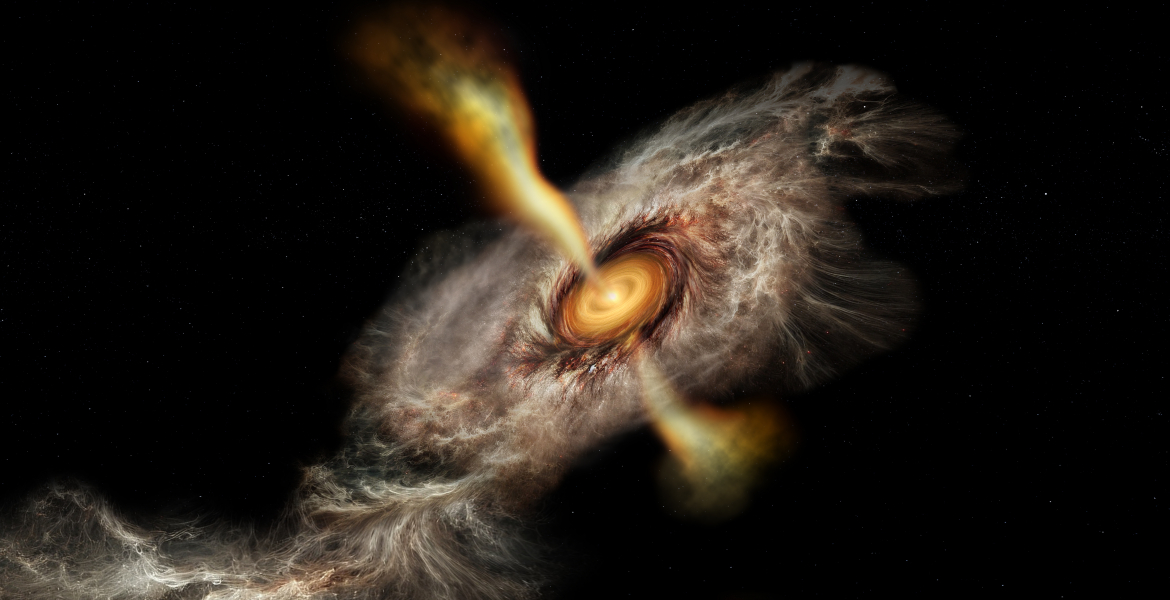The U.S. National Science Foundation National Radio Astronomy Observatory (NSF NRAO) is excited to announce a collaboration with RIX Industries to explore innovative cryogenic cooling solutions for the Next Generation Very Large Array (ngVLA).


May 29, 2025
The U.S. National Science Foundation National Radio Astronomy Observatory (NSF NRAO) is excited to announce a collaboration with RIX Industries to explore innovative cryogenic cooling solutions for the Next Generation Very Large Array (ngVLA).

May 13, 2025
The new NSF VLBA New Digital Architecture (VNDA) produced its first fringes and subsequent images in January 2025, demonstrating the successful implementation of next-generation technology that will enhance the NSF VLBA’s scientific capabilities for years to come.

May 12, 2025
A landmark event for astronomy took place on April 25, 2025, as mtex antenna technology GmbH officially handed over the prototype antenna for the proposed Next Generation Very Large Array (ngVLA) to the U.S.

May 8, 2025
Using the Very Large Array (NSF VLA), astronomers have revealed for the first time the huge flow of gas near a massive star in the making which allows its rapid growth.